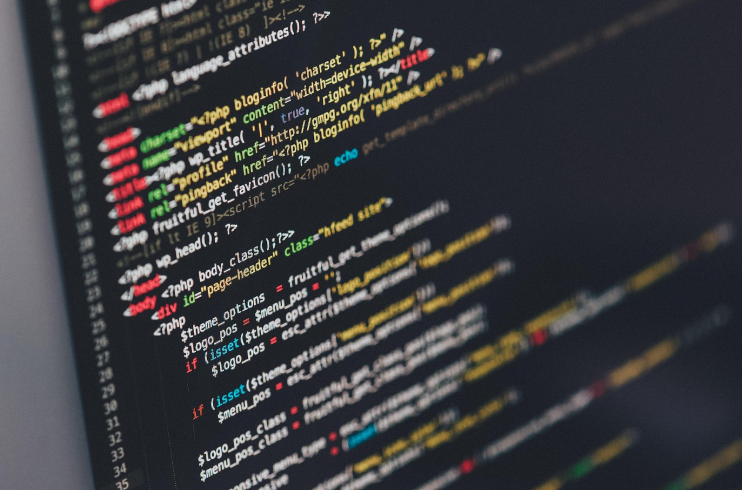In-play betting has rapidly transformed from a niche feature during televised matches into one of the most influential forces in the UK betting market. Today, live wagering thrives on fast, reliable, and accurate real-time data — yet the entire system hinges on the delicate balance between milliseconds, technological infrastructure, and the race to reduce latency. Both bookmakers and bettors operate within this high-speed environment, where the quality of data feeds and the presence of even minor delays can dramatically shape market outcomes, fairness, and user trust.
Early live betting in the late 1990s and early 2000s relied on traders manually adjusting odds based on TV broadcasts, which were often delayed by several seconds — giving any bettor with faster access an instant advantage. The 2010s saw a breakthrough as major providers like Sportradar, Stats Perform, and Genius Sports began delivering structured, near-instant event data directly from stadiums. This shift created a competitive “data feed economy,” where speed and accuracy became essential currency.
The UK Gambling Commission notes that in-play wagering now represents more than half of all online sports bets in the country, reflecting its explosive growth and profitability.

Latency is the gap between an event happening and a bettor being able to see or react to it. This delay can occur at multiple stages:
| Stage | Average Delay (Seconds) | Source |
|---|---|---|
| On-field data capture | 0.1–0.5 | Sensors or scouts |
| Data provider processing | 0.5–1.5 | Validation and distribution |
| Broadcast delay | 5–10 | TV or streaming lag |
| Betting platform processing | 1–2 | API and pricing delay |
In fast-paced sports like tennis, even a two-second difference is enough to influence markets. This is also why “courtsiding” — being physically present at an event to capture information faster than broadcast viewers — remains a regulatory concern.
Readers seeking a broader overview of data flow and odds formation can explore Wikipedia’s detailed entry on sports betting.
Bookmakers depend on multiple levels of data feeds, each varying in cost, speed, and accuracy:
| Feed Type | Typical Latency | Accuracy | Cost |
|---|---|---|---|
| Official league feed | 0.5–1 sec | 99%+ | High |
| Semi-official / scout-based | 2–3 sec | 90–95% | Medium |
| Scraped / broadcast-derived | 5+ sec | 80–85% | Low |
Speed and precision often determine whether a bookmaker competes with sharper odds or higher margins — making premium data access a strategic investment.
Modern in-play markets rely on a chain involving sensors, optical tracking, and trained scouts. This data is transmitted to secure data centers, powering algorithmic trading engines capable of adjusting odds in milliseconds. The UK Gambling Commission’s Remote Technical Standards outline strict expectations for how operators manage latency to maintain fairness. For expanded industry insights, readers can visit The Football Faithful’s betting analysis section.
The UKGC has increased its oversight of real-time data, introducing new 2024 guidance on how operators must measure, disclose, and manage latency.
The Data Integrity Working Group — formed by bookmakers and suppliers — continues addressing issues such as unequal access to official data and the risks of data monopolies.
International markets are watching closely. PrensaFútbol’s article “Exploring the Exciting World of Sports Betting in Chile” highlights how Chile is modelling new regulations on the UK’s approach to latency and transparency.

Broadcast delays can cause bettors to attempt wagering on events that have already occurred, leading to bet rejections and reduced confidence.
To counter this, many UK betting platforms now show delay notifications, tighten acceptance windows, or synchronise odds with broadcast timing using AI-driven adjustments.
Leading operators such as bet365 invest heavily in proprietary low-latency pipelines, while others deploy co-located servers near event venues to gain an edge in odds generation. However, maintaining ultra-fast systems and premium data feeds can cost millions annually — a significant barrier for smaller operators.
Tennis showcases how quickly live markets can shift, with point-by-point data supplied by organizations like the ATP and WTA through IMG Arena.
In 2023, IMG introduced FastPath, delivering sub-500-millisecond data for improved odds accuracy and reduced broadcast-based exploitation.
Newer platforms like talkSPORT Bet leverage these fast feeds, while established players such as SkyBet continue refining their latency solutions.
Comparative insights from global markets can be found in The Playoffs’ feature “Ontario’s Model for Online Gambling Regulation.”
Different countries take contrasting approaches to in-play betting:
According to CricXtasy’s feature ‘Why the UK Leads the World in Online Bookmakers’, the UK’s blend of innovation and regulation keeps it at the forefront of global live betting standards.
With 5G becoming widespread, sub-100-millisecond data delivery is becoming possible. Companies such as ChyronHego and Hawk-Eye Innovations are testing direct-to-cloud feeds that could reshape the entire market.
AI-powered predictive analytics may soon anticipate events before they occur — raising significant fairness and regulatory questions.
As a result, regulators are exploring “latency parity” requirements to ensure that all bookmakers operate within consistent thresholds.
The UK’s in-play betting ecosystem ultimately revolves around one critical resource: time. Latency and live data feeds underpin the fairness, trust, and competitive edge of every wager placed.
As technology accelerates, the industry must balance speed with transparency. The future will belong to operators who can deliver real-time accuracy while ensuring a fair playing field for every bettor.
The CricXtasy team is composed by a group of enthusiasts bettors and cricket fans. These experts know everything about India's best mobile betting apps and best crickets betting sites. They'll answer all your questions about betting in their articles!
Read more